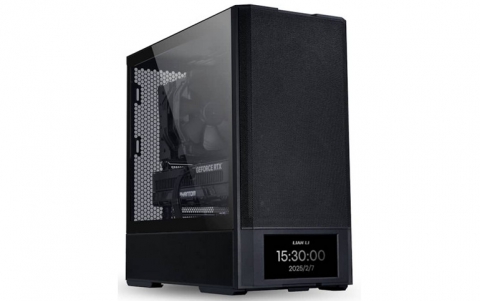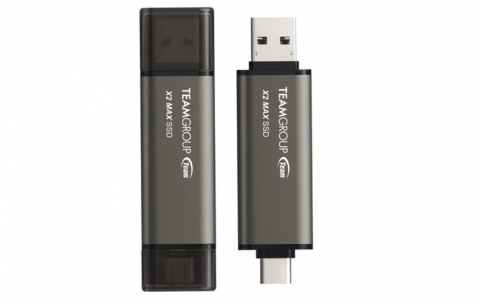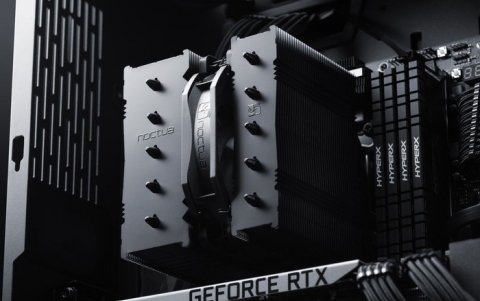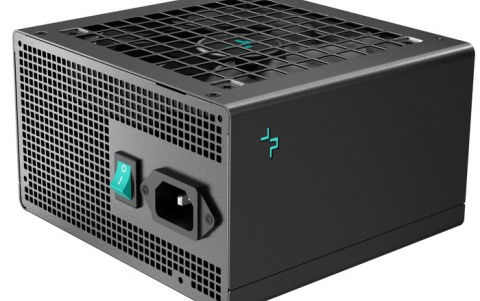
Toshiba's Twin-Field Quantum Key Distribution Extends the Limit of Intercity Secure Communications
The Cambridge Research Laboratory of Toshiba Research Europe Ltd has devised a new protocol for quantum key distribution (QKD) that will extend its range to over 500 km of standard telecom fibre.
This advance, called Twin-Field QKD, enables the protection of sensitive data transmitted in optical networks between cities. It would allow a secure link between cities like London, Paris, Brussels, Amsterdam or Dublin. The details of the breakthrough are published today in the scientific journal, Nature.
QKD can be used to distribute the secret digital keys important for protecting our personal data, such as bank statements, health records, and digital identity. Its security relies on encoding each bit of the key upon a single photon (particle of light) transmitted, e.g., through an ordinary optical fibre. As any attempt to read the photons alters their encoding, this allows the secrecy of each key to be tested and guaranteed. Unlike other existing security solutions, quantum cryptography is secure from all future advances in mathematics and computing, even from the number crunching abilities of a quantum computer. It is therefore expected to be an essential tool for protecting communication infrastructure from cyber-attacks in the future and putting businesses on the front foot when it comes to protecting operation-critical information.
Up until now, the typical range of QKD has been limited to a few hundred kilometers of optical fibre. This is because the photons carrying the information can be scattered and thereby lost from the fibre, reducing the rate at which secret keys can be formed.
Now, Toshiba has discovered a way to enhance key rate and transmission distance of QKD, potentially allowing fibre links beyond 500 km for the first time. The final secure key rate can be orders of magnitude greater than that obtainable with existing protocols.1 In fact the key rate and distance achievable with the new method exceeds the secret key capacity previously thought to be a limit that cannot be overcome without using a quantum repeater.
In conventional QKD, single photons are sent from one end of the fibre to the other end. In contrast, for Twin-Field QKD, light pulses are sent from both ends of the fibre to a central location, where a photon is detected. Provided it is impossible to tell which end of the fibre the photon came from, this technique effectively doubles the transmission distance at a given rate. Although conventional systems may be daisy-chained together to increase the total transmission distance, this requires that the intermediate stations are in a secure location. In contrast, no physical protection in the central location is necessary for the security of Twin-Field QKD.
The team intends to demonstrate the viability of the new protocol experimentally in the coming year.





















